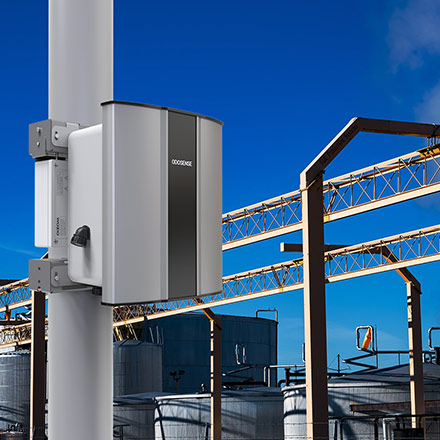Air quality monitoring has become an important part of everyday life for many people. Whether you’re in a city, suburbs, or rural area, air quality can be affected by a variety of things. In this article, we’ll discuss the importance of air quality monitoring and what you can do to help improve it.
What is air quality monitoring?
Air quality monitoring is important for a variety of reasons. Air quality can be harmful to our health if it’s polluted enough. Air quality also affects climate change and the environment. Proper air quality monitoring can help us understand how bad the air is and what we can do to improve it.
Monitoring devices can be located at different points in the air pollution system, from ground level up to the atmosphere. A monitor may measure pollutants like sulfur dioxide (SO2), nitrogen oxide (NOx), or carbon monoxide (CO).
The U.S. Environmental Protection Agency has developed guidelines for acceptable levels of exposure to these pollutants. These levels are called “standard conditions.” If your city or town does not meet these standards, you may see warnings or even closures of schools or businesses because of poor air quality.
How air quality monitoring works
The EPA has set National Ambient Air Quality Standards (NAAQS) for six pollutants: ozone, particulate matter (PM2.5 and PM10), carbon monoxide, sulfur dioxide, nitrogen dioxide, and lead. These standards are designed to protect public health by reducing exposure to harmful air pollutants. monitoring to ensure that these standards are met is an important part of the air quality control effort in the United States.
Air quality monitoring stations can be used to detect when levels of a particular pollutant reach levels that may be harmful to humans. It can also help officials determine when it is safe to allow people outside during periods of high pollution levels. By knowing the level of each pollutant in the atmosphere, officials can make informed decisions about how best to reduce exposure to those pollutants.
There are a number of ways to measure air quality. Some devices use physical measurements like altitude or wind speed, while others use chemical measurements like ozone or particles in the air. The most common types of monitors used to measure air quality are called ambient monitors and ground-level monitors. Ambient monitors sit high up in buildings or near sources of pollution such as major highways, while ground-level monitors are typically located near roads and other areas where people congregate.
Why air quality monitoring is important
Dust monitoring is crucial for a number of reasons. It can give information to guide local and regional air pollution controls, safeguard the population’s health, and inform decisions concerning public health issues.
Air quality sensors, weather balloons, and aircraft can all be used to detect the concentrations of particular pollutants in the ambient air, as well as the concentrations above ground. Aircraft can even be used to measure the concentrations at very high altitudes.
By giving early warning of environmental health concerns like ozone smog and particle pollution, monitoring air quality can contribute to protecting public health. This can give people enough time to take the appropriate precautions, such as remaining inside if the environment is toxic.
Air quality data can also be used to help guide local and regional air pollution controls. For example, when we know that particulate matter (PM) levels are high near a school, we might choose not to do construction work nearby that could release PM into the atmosphere. Similarly, when we know there is a problem with ozone emissions near an area where people live, we might decide to implement stricter emission restrictions in that area.
What you can do to help improve air quality
Air quality can be affected by a lot of different things, including emissions from automobiles, industrial plants, and wildfires. Some of the things we can do to improve air quality include:
- Reduce our use of automobiles: This may seem like a no-brainer, but if we want to improve air quality we need to reduce the number of cars on the streets. Instead of driving everywhere we go, we could try walking or taking public transportation.
- This may seem like a no-brainer, but if we want to improve air quality we need to reduce the number of cars on the streets. Instead of driving everywhere we go, we could try walking or taking public transportation. Reduce our use of industrial plants: Another big contributor to air pollution is industrial plants – factories and other businesses that produce products that contain chemicals and pollutants. We can help reduce these emissions by choosing products made with organic materials or buying products made in countries with low levels of pollution.
- Another big contributor to air pollution is industrial plants – factories and other businesses that produce products that contain chemicals and pollutants. We can help reduce these emissions by choosing products made with organic materials or buying products made in countries with low levels of pollution.


